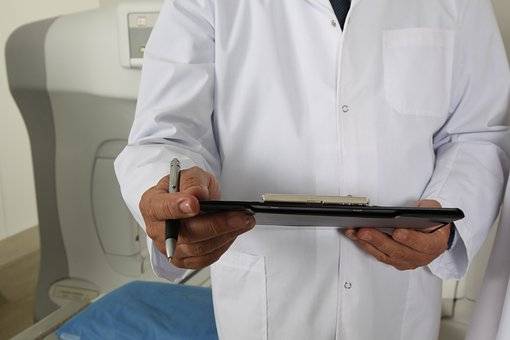A recent study shows that blind people can sense their heartbeats better. While it was not the same when tested on people who could see, by the researchers at Karolinska Institutet in Sweden and Jagiellonian University in Poland.
The Study – Blind People Can Sense Their Heartbeats Better

The research team tested thirty-six blind and thirty-six sighted individuals. Then they went on with the heartbeat counting task to examine cardiac interoceptive ability. On measuring the results,
- The blind contestants were better at finding out about their heartbeat.
- While the rate of “heart rate cognition” was significantly low in the groups who could see.
Method
When the team measured the respondents’ interoceptive sensibility, they could not find any potential or remarkable differences between the two groups. Also, they did not see any difference in
- The confidence levels or belief in the performance of the respondents. To get sure, they went on evaluating both before and after the task completion.
- Interestingly, the heartbeat rate was similar in the case of the individuals who were blind and the ones with full sight. That goes into offering more elaborate suggestions that those with impaired visual abilities are better at sensing their heart rates than the rest with sights.
Results
When it was time to elaborate on the results, the team came forward with two thoughts.
- There is a genuinely enhanced perception ability of heart rates among the blinds, which is how they can come up with more accurate counting of heartbeats.
- Secondly, blind people could pick up sensory clues from different body parts. They were more accurate, relying on multisensory integration of various interoceptive signals and somatosensory outputs related to the heartbeat.
What Causes Betterment Of Cardiac Interoception Among The Blinds?
Prior studies on blind respondents did suggest that blind people do not go with heightened senses in one day. Rather, it is gradual progress. For example, they receive training on perceiving things with their hands to understand daily objects and get better. Also, the specialized learning technique, “Braille reading,” has adequate contributions.
However, the research teams were not fully convinced by such a thought and went into suggesting that the inbuilt nature of a blind person to explore the surroundings can make them sensorial active. Also, they explained the theoretical framework of cross-modal plasticity.
According to the team, neuroplasticity based alterations are an after-effect of blindness. The human body undergoes neurological change in the multisensory, sensory, and visual areas of anatomical interconnections. That all together makes up for greater sensing abilities for the remaining senses.
- Also, prior studies have found betterment in the structure of the anterior insula with visionary impairment in a person. The functional architecture of the anterior insula undergoes a notable development among the visually impaired.
- Moreover, structural changes in the occipital cortex, basically the thickness of the same, ensure enhanced performance of the auditory modality.
Prospects For Future Research
The study offers an advanced implication for future research on developing self-consciousness and bodily awareness among blinds. It states that in an infant, heartbeat is the first sensory cue to develop, occurring in 5 ½ or 6th week of gestation. Thus, cardiac interoceptive signals are essential in developing the central nervous system. Laying the very even foundation of sensory processing and its relation with the evolution of the sense of self.
For individuals who can see, the visual experience becomes crucial later in life. They start to interact with external objects and the body parts of their own over visuotactile feedback and movement. However, among blind personalities, interoception plays a profound role. Congenitally blind individuals exhibit changes in the multisensory representation of their bodies.
It also paves the way for researchers to discover how self-consciousness and bodily awareness evolve. What takes it to maintain them without vision, and how can the amplified ability to sense cardiac signals affect the self-consciousness and physical understanding of a blind individual?
The Multimodal Approach
Under the supervision of Drs. Lotfi Merabet and Corinna Bauer, a research team, utilized three different imaging techniques to compare scans of 12 subjects with early signs of blindness and 16 regularly sighted respondents of the same age.

The results were quite surprising. The researchers found axons in the brains of those with early blindness. These connections were long and capable of transmitting information from one part to the other side of the brain. By the “other sides,” they meant the ones connected to non-visual senses. At the same time, brain scans of normal people did not show anything like that.
Both studies show that people who have lost their vision at birth or, for some reason, in the later stage have higher sensory abilities than sighted ones. These people can detect changes in their bodies and surroundings more efficiently than those with foolproof visions.
For a greater picture of the human body and its abilities, you can go through “Researchers Found Fast Beating Heart To Trigger Anxious Behavior In Mice” and “The HTR2B Gene Might Be Making You Angry.”



